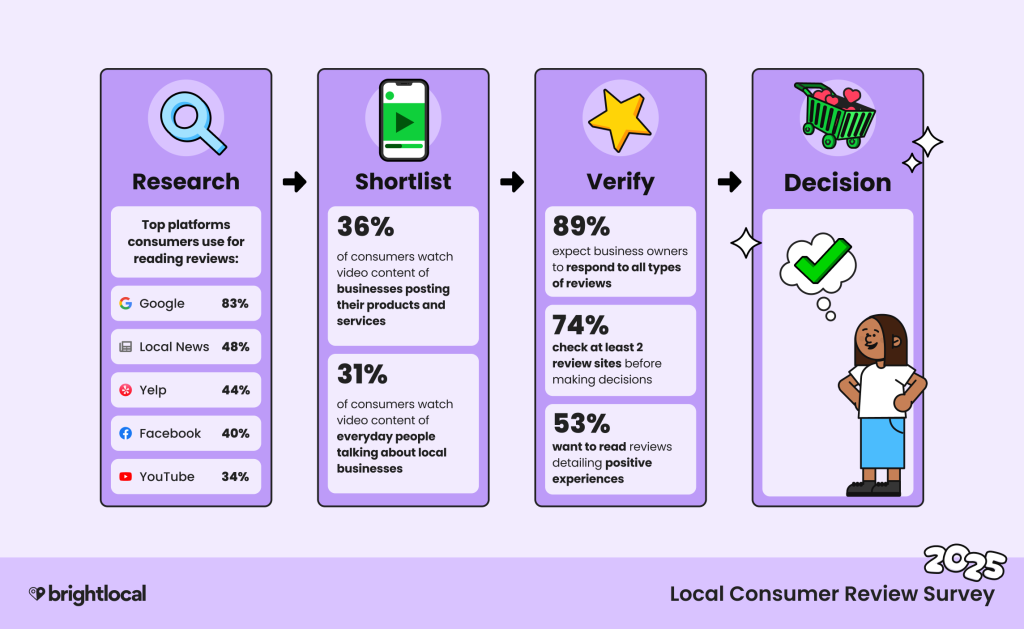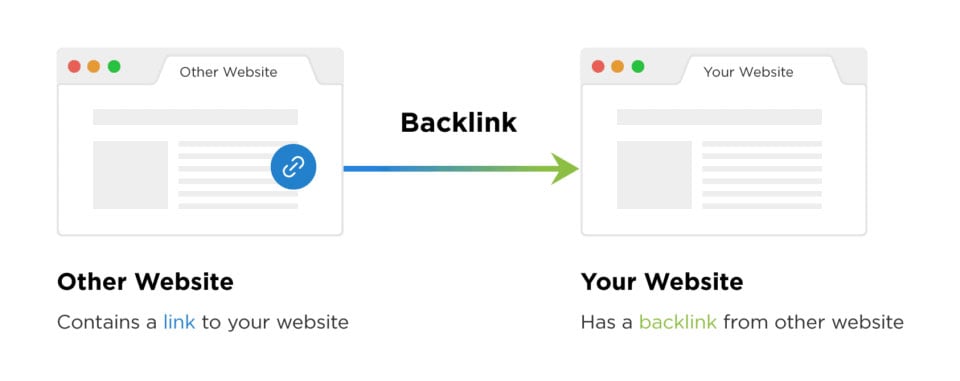
Dental SEO is essential for patient acquisition in today's digital age. By optimizing website content, improving local search visibility, and managing online reputation, dental practices can drastically increase their online presence and attract new patients. Effective SEO strategies include keyword optimization, local citations, content marketing, and review management. These tactics enhance search rankings, drive organic […]








